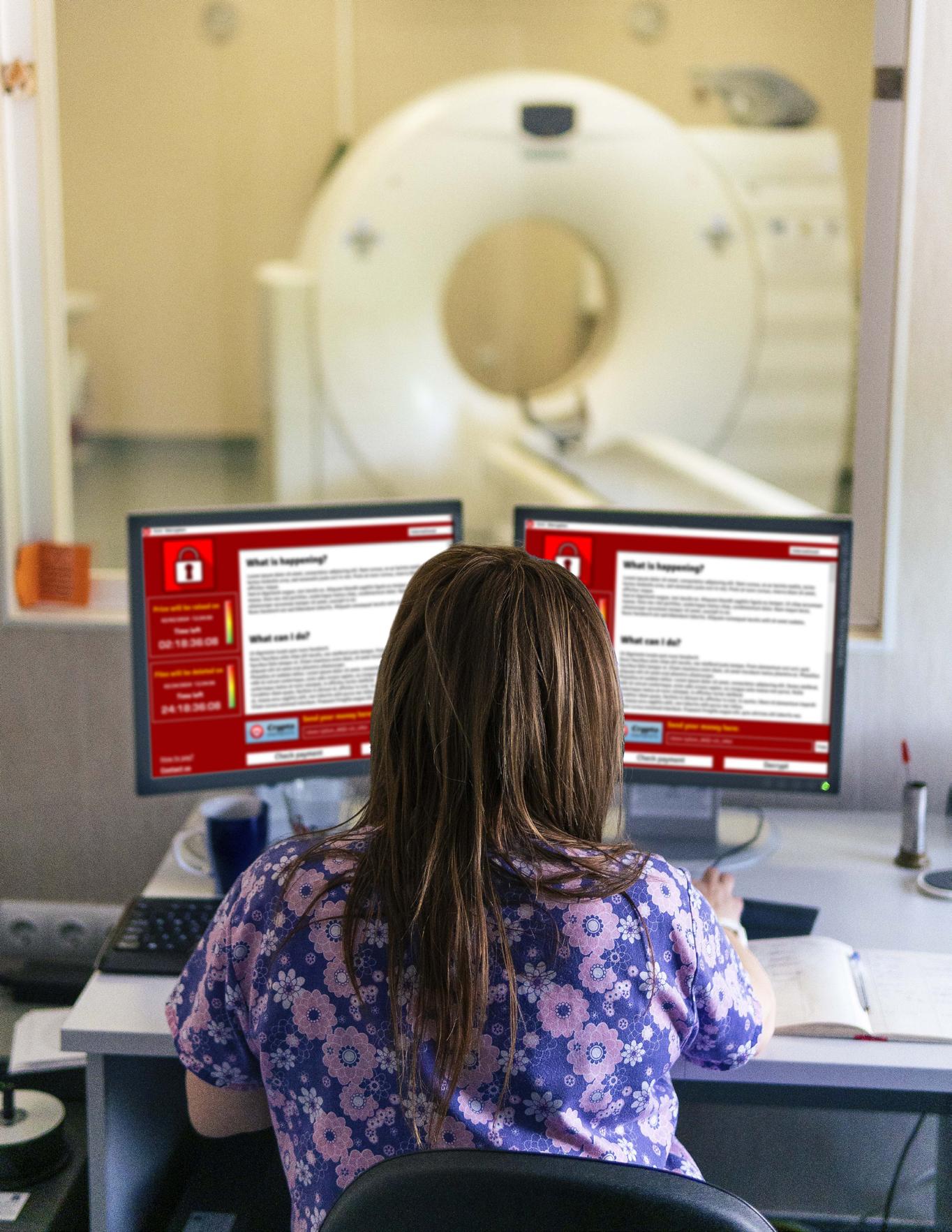DowntimeDoc

Because it’s a matter of when, not if
™



Because it’s a matter of when, not if
™

Vital networks can be rendered inoperable for any number of reasons. These types of downtime periods pose significant operational and financial risks to healthcare organizations like yours.
Taylor Healthcare offers a technology solution that mitigates the risks inherent in system interruptions. It empowers you to maintain normal operations without sacrificing efficiency or the quality of patient care — regardless of the status of your network or power supply.

DowntimeDoc, available only from Taylor Healthcare, is designed to complement your existing EHR during downtime periods, both scheduled and unscheduled.

Registrars can search patient data records and print admissions packets while the ADT system is down.
Nurses can print labels, forms and wristbands on demand, including vital patient demographics and barcodes during EHR outages.

Physicians can access condition-specific protocols and continue to provide the same patient care as if the network was still live.


DowntimeDoc quietly resides within individual computer workstations and “waits” in the background until needed. Then, at a moment’s notice, your care team can utilize DowntimeDoc to access, create and print all of the critical documents needed to sustain operations.



A prominent healthcare company recently fell victim to a ransomware attack. Rather than pay the ransom, they hired Taylor Healthcare to continuously print forms, labels and other documents for two months as a permanent solution was devised.

Their printing costs alone would have paid for four years of DowntimeDoc protection. This does not account for their reduced staff efficiency, heightened liability risk or patient disruption.
Their printing costs alone would have paid for four years of DowntimeDoc protection.

Cybercriminals infect a hospital’s computer network and deny access to basic operational functions until the ransom is paid.
Pharmacists are unable to print prescription labels and nurses are faced with having to produce handwritten wristbands and consent forms.
Users throughout the hospital log in to DowntimeDoc and immediately work around the cyberattack. Barcoded prescription labels, barcoded wristbands and vital documents pre-filled with patient data are soon streaming from printers throughout the facility.

560 U.S. Hospitals Were Attacked in 2020
According to Emisoft’s State of Ransomware report, 560 healthcare organizations in the U.S. reported ransomware attacks in 2020 and 33% of healthcare organizations worldwide reported cyberattacks that same year.


Flooding due to a major hurricane overtakes the computer center of a prominent regional hospital.
The hospital’s computerized provider order entry (CPOE) system is knocked out — just as scores of injured people are transported to the facility.
Clinicians and physicians use DowntimeDoc to produce downtime order sets that perfectly mirror the CPOE. Content and versions are controlled to maintain standardization until the network can be restored.
Up to 70% of Preventable Deaths are Due to Miscommunication
According to The Joint Commission, communication errors are the cause of 60% to 70% of preventable hospital deaths and are the leading cause of patient harm.

In the midst of a planned software upgrade, a large healthcare system’s most critical servers fail and are offline for an indefinite period.
All of the hospital’s admission, discharge and transfer (ADT) processes are suddenly interrupted, making patient care coordination a manual operation.
Hospital staff members call on DowntimeDoc to access ADT documents via web browser. Demographic data for past patients is auto-populated, data for new patients is easily keystroked and documents are printed on demand according to pre-defined business rules.
Downtime Costs $8,662 Per Minute
According to research by EHR Intelligence, For The Record Magazine and Healthcare IT News, lost revenue due to downtime costs a hospital an average of $8,662 per minute with larger hospitals at risk of losing up to $1 million per hour.


